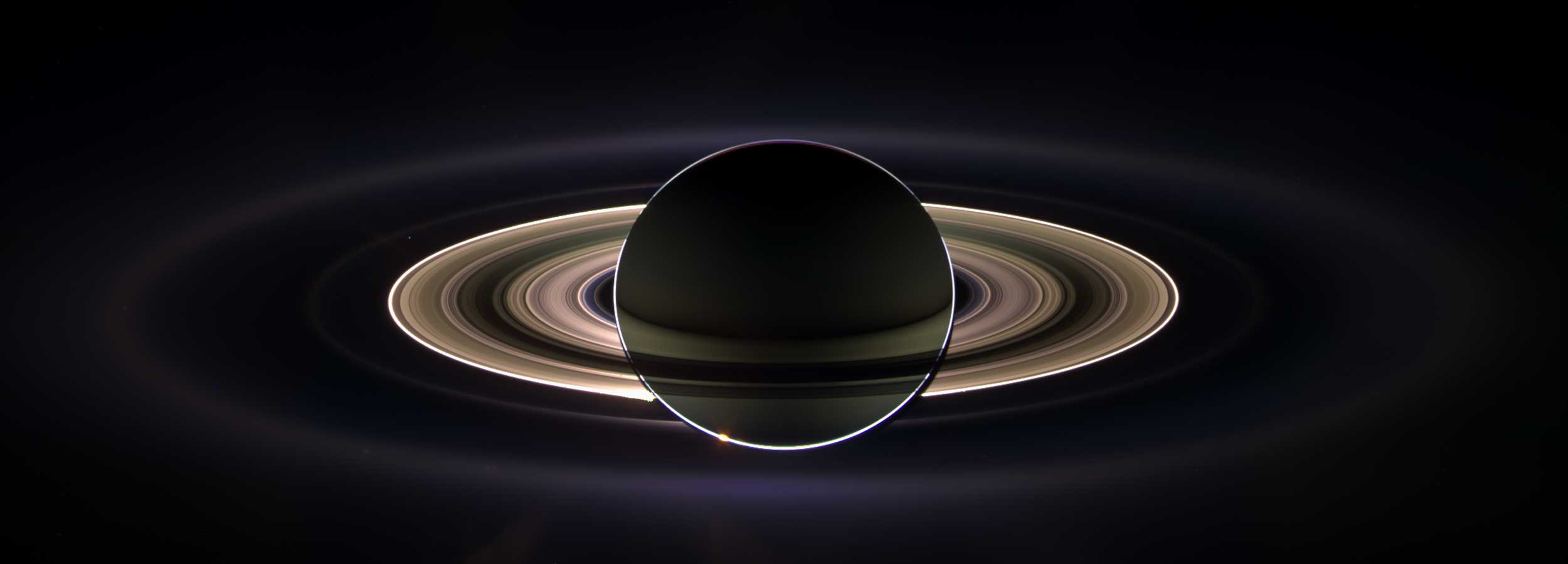
OBSERVING SATURN
Observing Tips - Saturn
Saturn is arguably the most beautiful object you will ever see through your telescope. Many astronomers today (including myself) entered into the field of astronomy because of the inspiration they received from seeing Saturn through a telescope. At 4th Day Alliance star parties, without question, a view of Saturn through our telescopes is always a “show-stopper.” There’s just something about those rings!Saturn can easily be seen with a small 60mm telescope - the key is to set your expectations low. Since you have probably seen dozens of images of Saturn reproduced from the Hubble Space Telescope, you need to be forewarned that what you will see through your telescope will not be like the images you have seen before.

Click to Zoom
Nevertheless, with time, patience, and a top-quality 4-inch or larger telescope, you can get more out of Saturn than you realized. Of course, you shouldn’t expect Hubble-like performance out of your personal telescope, but you will probably find viewing Saturn with your own eyes more exhilarating than looking at the Hubble photographs.
You should be able to see the rings of Saturn should in even the smallest telescope (like a 60mm) at 25x magnification. In a small scope like this, the rings will look like they are attached to the planet’s sphere. It will look like one solid structure. However, a good 3-inch scope or larger at 50x magnification will show the rings as a separate structure detached on all sides from the sphere (or ball) of the planet.

Click to Zoom
Saturn’s many moons are also fun to observe. All those little white dots you see around Saturn are its moons. You should make a sketch of where these dots are in relationship to Saturn each night for a week. You will notice each night that these dots move from night to night. You are literally observing Saturn’s moons as they orbit the planet!
ADDRESS:
4th Day Alliance
1908 E Osceola Pkwy #222
Kissimmee, FL 34743
(689) 888-7944
4th Day Alliance
1908 E Osceola Pkwy #222
Kissimmee, FL 34743
(689) 888-7944

